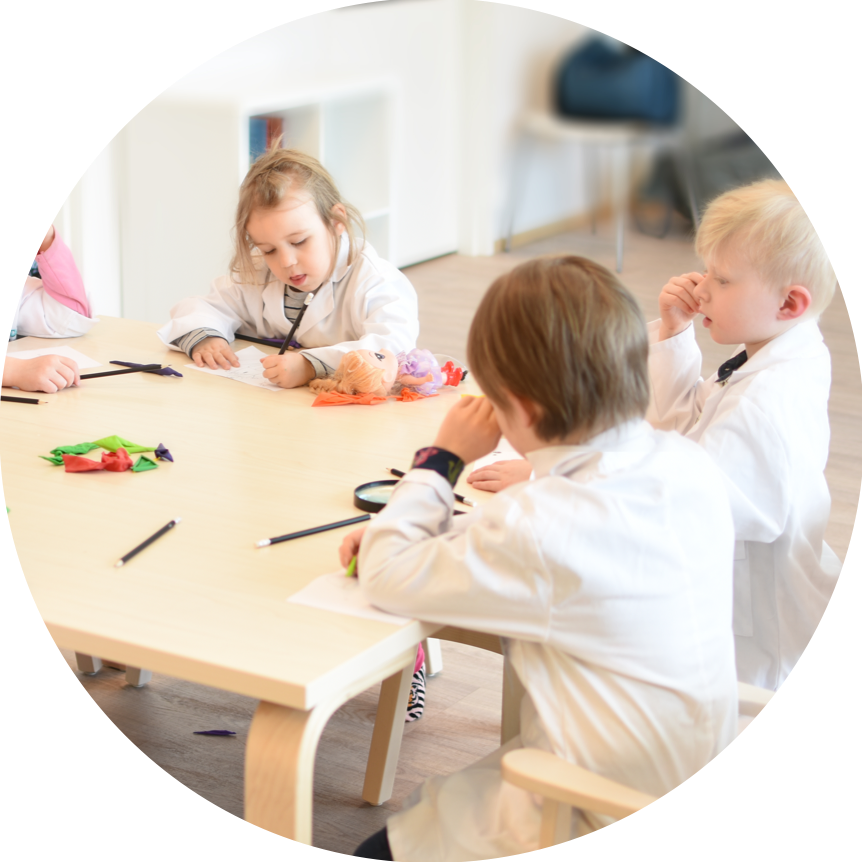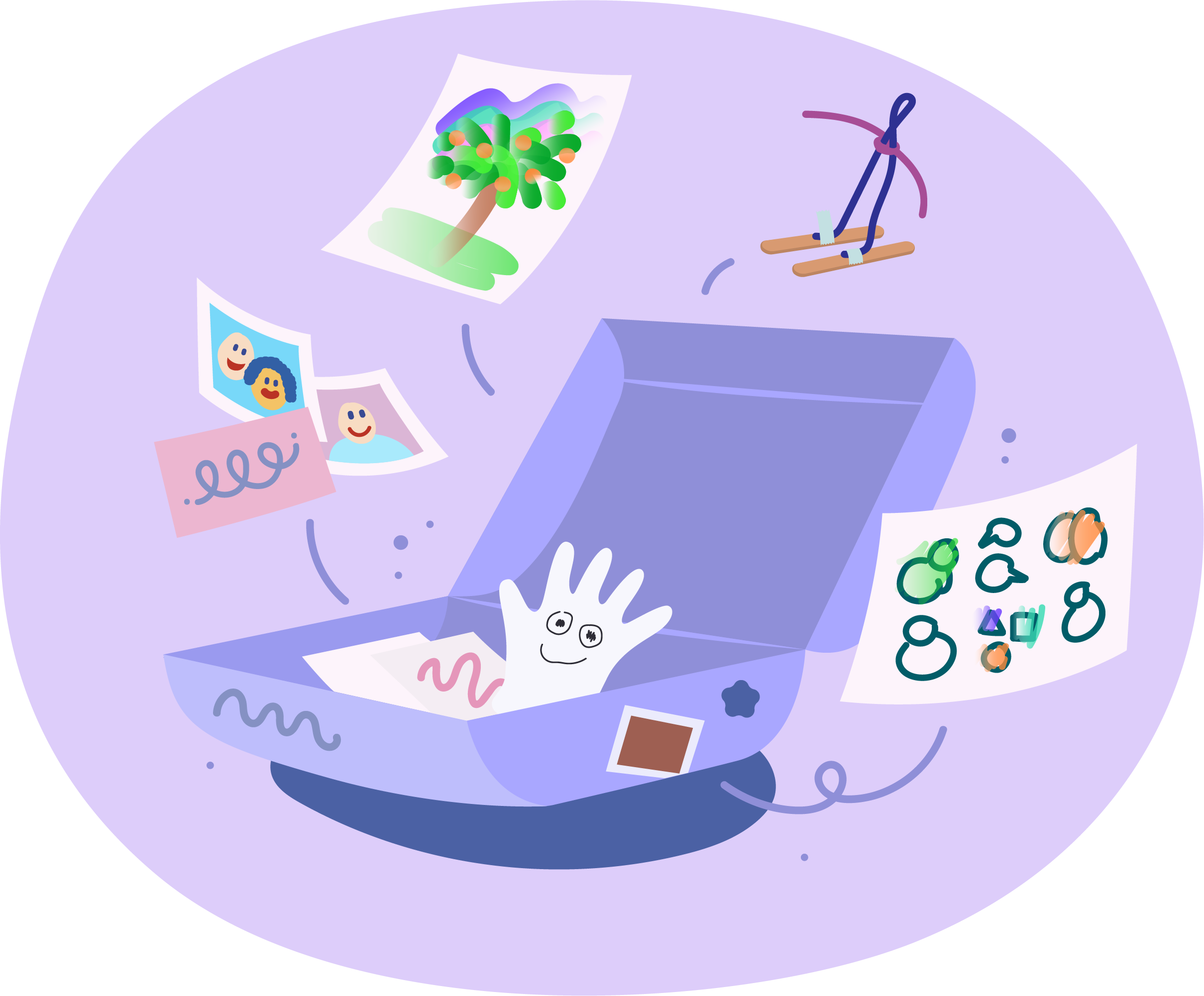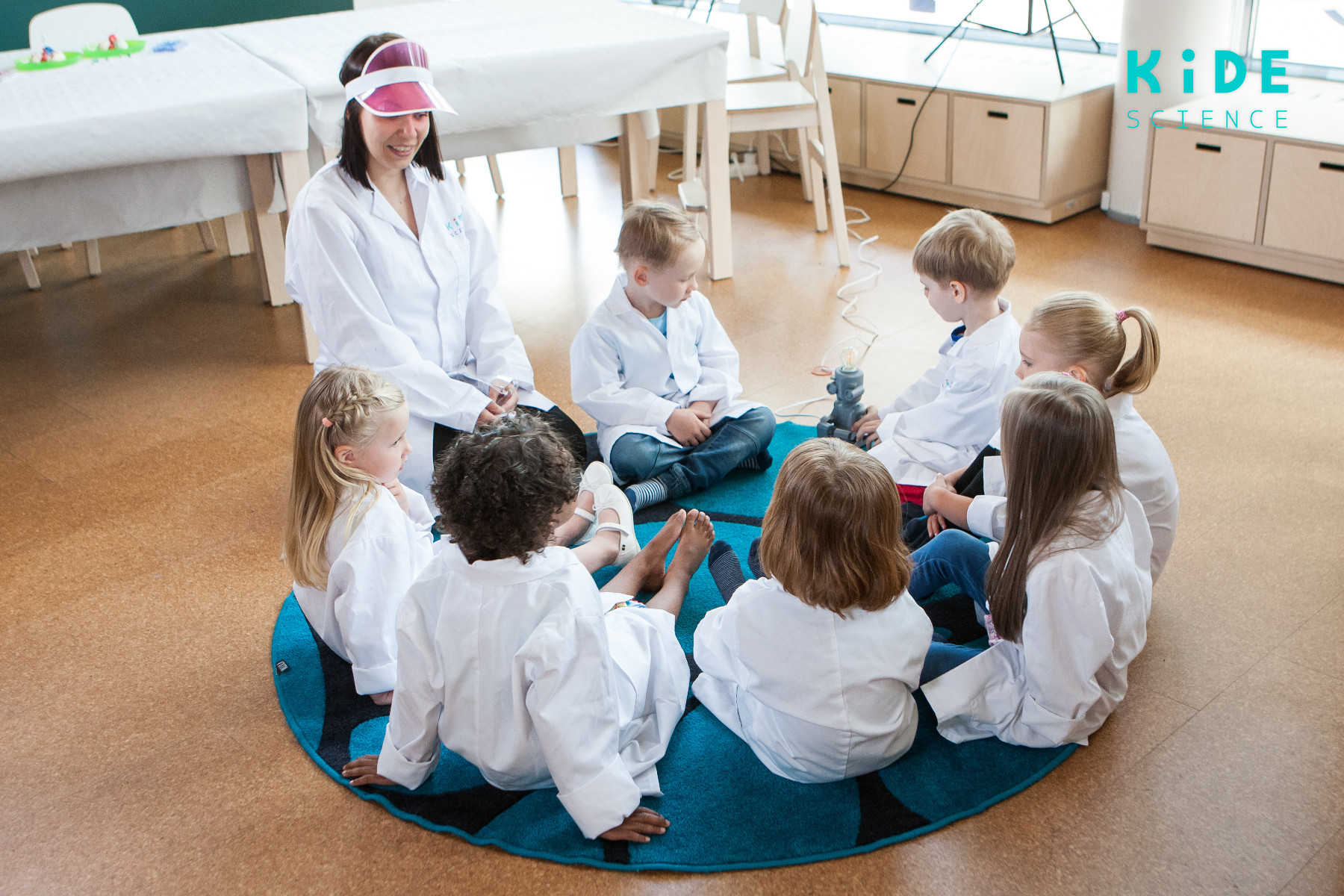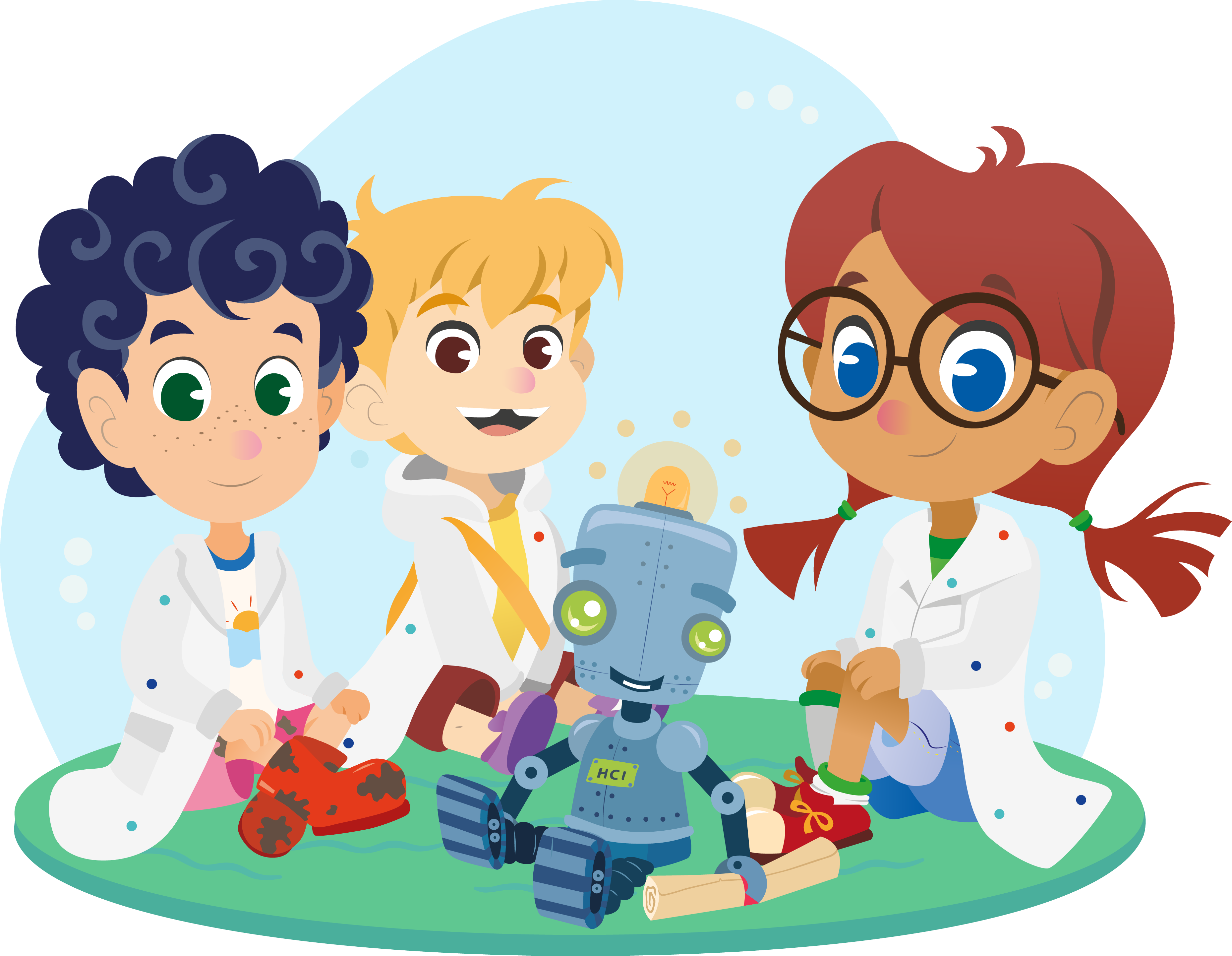How to Control Classroom Chaos
Our aim should be active learning and safe learning environment. Not smoothness and control.

Other Episodes
10-Part Teacher Training Series
In our 10-part series of teacher training, we will walk you through the topics and practicalities including transitions in Kide Lessons, pedagogical tips, questions, assessment, storytelling, children’s agency & preparation, drama approach, group management, adult’s role & home experiment, and scientific arguments behind the Kide-approach.
Video Transcript
Hello.
Here we go again. As teachers, we've all been in a situation where things get a little bit out of hand, and you've probably also developed some ways to manage these situations. In this video, we're going to look at these situations a little bit more carefully from the perspective of learning.
Often when we look at a learning situation retrospectively, we, as adults, tend to look at how smooth the situation was. We might feel very satisfied as teachers if the children are there, quiet, well behaved and focused. Well, there's nothing wrong about feeling this way after a lesson, this might sometimes reflect a very good learning environment. The children might trust you and your instructions and be very interested in what you're going to do together.
When we think about children, quiet and controlled are not the first words that come to mind, and this is actually not something that we should primarily aim at. Even with the older kids.
Sometimes quietness and controlled behavior can even reflect being afraid and shame, and these are feelings that might hinder learning quite a bit. We might think that this quiet and controlled child is working very hard to achieve their objectives, but in reality it might even be that this child is too afraid to show any emotion and too afraid to suggest any answers and might even try to be as invisible as possible.
Our aim should be active learning and safe learning environment. Not smoothness and control.
Sometimes the best thing for learning is even to lose control a little bit. And, for the children to have the space to talk with their peers and be happy and enthusiastic by using their voice, moving around a little bit to help them focus, and feel free to try out different kinds of settings to solve the problem. These situations might feel a little bubbly and loud, but learning can still happen.
Of course, when the situation gets a little bit too bubbly, we need to then consider if it's helping the learning anymore or not. If, for example, a scientist is running around screaming their lungs off from enthusiasm. We might want to consider if the situation is helping the child or their peer's learning process anymore. But those are perfect situations for using stories and play to calm down the situation a little bit and help the children focus on the problem we are solving.
When things do go a little bit too wild to promote learning anymore, we need to find our ways to get things back on track. The means to do this should primarily have a positive tone.
Concretely, this could mean, for example, going to the restless child, going down to their level, and giving them words to describe the feeling.
Okay, dear, I can now see that you are feeling wild and restless. We need to calm down a little bit now. Okay, just to help out Hoseli the Robot in the best way. So now just breathe for a little while. Wonderful. Okay, are you now ready to go back to Hoseli again? Good job calming down. Let's go.
The previous is, of course, only possible if there are just a few scientists that are feeling restless. Sometimes, however, it can be that there are many scientists that are restless at the same time. What to do then? Well, in our lessons, there's a great opportunity to use stories to gain the focus back again.
You could, for example, use the Silent Camel technique. Just go to the children and start whispering.
Okay, guys, I have something very special for you. Come closer, please. Yes, Yes. And please be quiet so that everybody can hear what I say and see what I'm about to show you. Come on.
And when you've gotten all the children's attention, you can then introduce your friend, the Silent Camel.
Say hello to my friend, Silent Camel, from Supraland.
And always when the Silent Camel comes out, we need to find all of their Silent Camel friends. So go ahead, lift your Silent Camel up.
Now, when we've got all the Silence Camels present, we can now sneak back to the research station and show the camels what we found out. And by the way, what do you think? Why is the guy's name? Silent Camel.
And as you can see, I'm also using my voice and body language to calm the situation down. And it's possible also for the children to join the situation this way. And when we use a silent voice instead of shouting, it will be easier for the scientists to calm down themselves.
Another very classic way to gain children's attention back is to use clapping. This means that we clap a very simple rhythm, for example.
And when the children hear the rhythm, they know that they should follow the same rhythm. And you can continue this until all the children have heard a clapping sound. This is a message for the children. Okay, now I need to focus on the teacher. There might be some instructions coming.
The reason we promote positive ways for gaining the focus back is that it benefits the learning of self-regulation and learning in general. If an adult loses temper during a wildly happy situation, the great opportunity for learning is lost. Shame and anger come into the picture and they will take over the whole atmosphere after that.
Well, of course, sometimes these things happen and none of us is perfect. Shouting and losing temper should not be the primary ways for it gaining children's attention.
Now, think about a situation where you lost your temper with children, what was happening, and why did you lose your temper in the end? Is there something that you could have done differently? And then in the next lesson, you could introduce the Silent camel, even though the situation wouldn't be restless so that you have it as a tool for the lessons to come.
Or, you could come up with your own ideas. Go and explore.
Start your free trial of Kide Science to get story-based lesson plans for teachers.
Related articles
We look at the learning process because that's more beneficial for the child. There is no huge...
To have a structure and routines that are always remaining the same will help the child to...
Our pedagogy might not be what parents are used to. Here's how you can explain teaching concepts...



